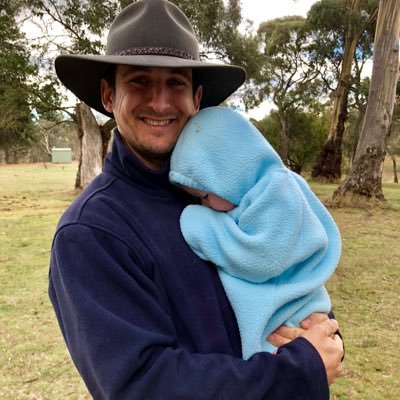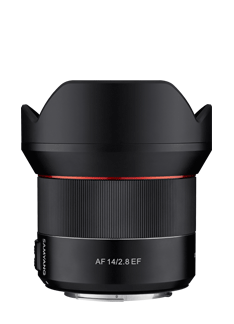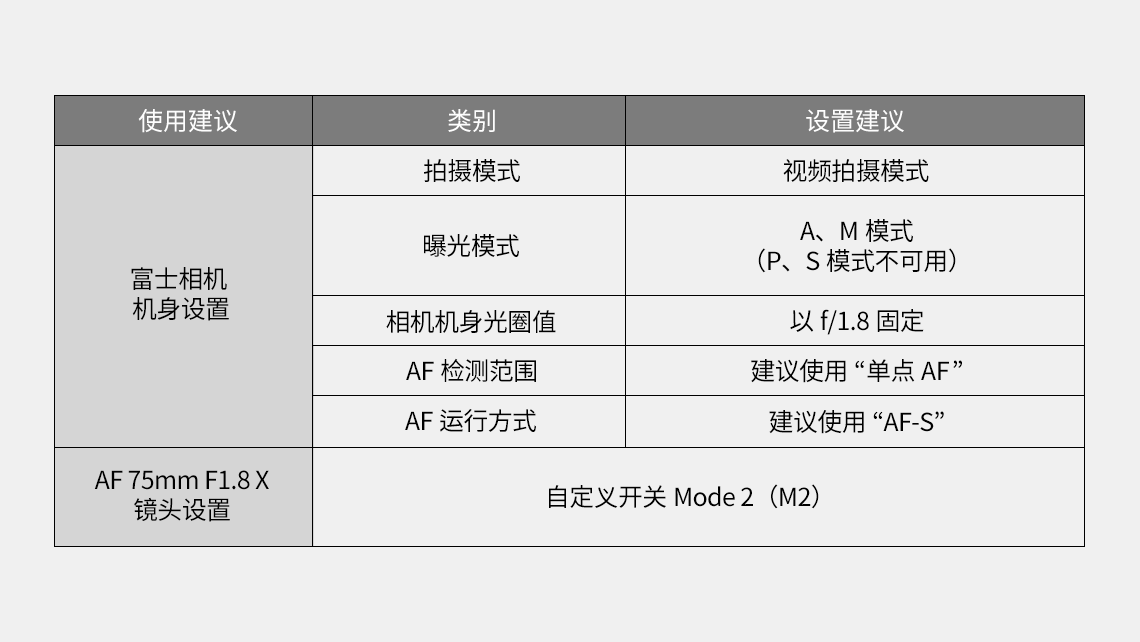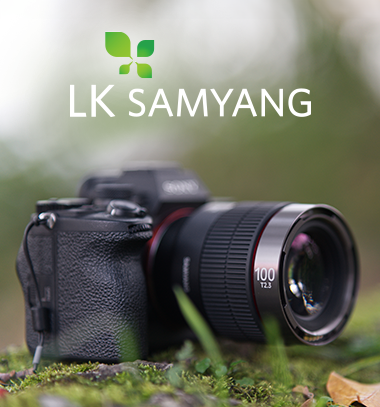BLOG
Becoming Australian
Becoming Australian
Every photo is the culmination of a journey. Some journeys are longer than others. In this post I'm highlighting my first sequence of nightscapes from my new home, Michelago—a rural community between Canberra and Cooma, Australia. We moved here in December last year. But our journey started back in 2009, in Oxford, UK.
I had just finished my D.Phil. (what Oxford calls a PhD) in political theory. Lu and I married in 2002, and had always been big travellers. After I was done in Oxford, we did the equivalent of a PhD in travel, setting off on an overland trip from Morocco to South Africa by public transport. In reply to my doctoral thesis, Lu wrote a book—An African Alphabet: From Agadir to Zagazig. Soon after that trip, I landed the dream job—a research-only position at one of the top philosophy departments in the world: the Australian National University, in Canberra Australia. And in mid-2011, we left the UK permanently, a five-month-old in our carry-on. Though it took us a while to get used to the culture—the overlaps with the UK misled us into thinking it was more similar than it really is—we fell in love with the land instantly. With our little boy with us, we knew that it would be a while before we could do the really adventurous travel again—and how could we top the African Alphabet anyway? But our home was practically wilderness—we could have an adventure on a daytrip, just going bushwalking.
[Mt Livingstone
15 shot mosaic and blend
Foreground 4 shots 600s at f1.4 ISO 2000
Sky 6 shots 180s f2.8 ISO 2000
Skywatcher Star Adventurer Tracking Mount
Samyang 14mm f2.4 XP
Nikon d750]
After a year in the country we took permanent residency, and bought a house with an amazing view of the Brindabella Hills. We fell in love with the South Coast of New South Wales (I'll write about that another time), and would always drive south from Canberra, through the Tinderry Range, past Michelago, Cooma, and down Brown Mountain. I think every time we made that drive, we eyed the homesteads set back from the highway, either in the lee of the wild Tinderry mountains, or over the highway and up the hills on the other side. We found routes down to the iconic Murrumbidgee River that felt like they had been made just for us. We yearned… A few years went by my career at the ANU was going well, I'd been promoted and made chair of my department we had another baby—a little girl, Ash. The property market had picked up. We met a very talented estate agent… We got in touch with some contacts in Michelago… A dream house… I worked my a** off getting our house in perfect condition, and we found just the right buyers. And we made the move—we got luckier than we had any right to get. At the same time, our citizenship applications were approved. We moved to Michelago, and became Australians in more ways than one.
[Michelago Railway Station
9 shot mosaic and blend
Foreground 3 shots 180s at f2.4 ISO 1600
Sky 6 shots 120s f2.4 ISO 800
Skywatcher Star Adventurer Tracking Mount
Samyang 14mm f2.4 XP
Nikon d750]
It was Lu who got me into photography. She wanted us to travel, I felt like I needed a project. She suggested photography. My first camera was a terrible aps-c film camera, which I took on a trip to Central America. No images survive. Through our days of adventure travel, I specialised in portraits, and would spend hours wandering around markets in India, Central Africa, or wherever, taking portraits. I loved the creative challenge, the warm conversations, the big big smiles. As we moved to Australia, those opportunities dried up, and my photography had to fit around our new lives—baby, job, and not a lot of disposable income. Surrounded by the wild and subtle beauty of the south-east Australian bush, landscapes were the obvious new direction. But the funny thing about 'golden hour'—the best time for landscape photos—is that it tends to be the time when little babies need to be got up or put down. Sometimes things managed to combine—I got some great shots of mist in the Blue Mountains, when our boy Moss had woken early one morning.
[Tinderry Rocks
10 shot mosaic and blend
Foreground 4 shots focus stacked 300s at f2.4 ISO 800
Sky 6 shots 120s f2.8 ISO 800
Skywatcher Star Adventurer Tracking Mount
Samyang 14mm f2.4 XP
Nikon d750]
But it was the discovery of nightscape photography that made all the difference for me. We get clear nights, and there's very little light pollution. So at the right phase of the moon, you've got a great chance of an awesome night sky. And it tends to be best well after the kids' bedtime. I first got into nightscapes when I saw some posts by friends on Facebook, and was blown away by what was possible even with the kit that I then had. We had a camping trip to the Red Centre, and I took some ropey shots of the Milky Way—was inordinately proud of them—and was hooked. I bought a full frame camera (Nikon D750) in September 2016, and an equatorial mount and tracker later that year. I bought my first Samyang lens—the 24 f1.4—at the same time. Soon after I won a competition, and they sent me the 20 f1.8. Next I got the XP 14mm f2.4.
[Southern Cross Windmill
3 shot mosaic and blend
Foreground 180s at f2.8 ISO 800
Sky 2 shots 120s f2.2 ISO 800
Skywatcher Star Adventurer Tracking Mount
Samyang 20mm f1.8 with Hoya Didymium Filter
Nikon d750]
We're not the first people to move to Michelago for the sake of the night skies—I know of a couple of proper astronomers in the area. Canberra causes some light pollution, for sure—but it's to the north, which is almost always the least interesting part of the night sky anyway. To the south, there's a faint glow from Cooma, 60km away. From the top of the Tinderry mountains, you can see a few street lights in Nimmitabel almost 100km away. There's much more airglow than light pollution—that's the green or red colour you often see in images of the night sky, caused by excitation of particles in the upper atmosphere by solar radiation when I first saw it in my images I thought there was something wrong with my camera…
I guess one other reason we moved out of Canberra was that we never really felt much sense of community there. ANU is a close-knit community of course, but my colleagues all live near to campus. Round our way, though I joined the local volunteer fire brigade, and we were actively involved with our son's pre-school, outside of that it felt like people kept to themselves. Michelago is a genuine rural community—though there are plenty of folks who have moved out from Canberra, there are lots of families that have been here for decades, even since the 19th century. They set the tone, and the newcomers seem to have come here in part for that sense of community (that's not to say that it's perfect! There are tensions here like anywhere else). As much as the locals are connected with each other, they have a still greater bond with the land we're on. Michelago is a small village in the lee of the Tinderry mountain range, a series of granite-topped peaks, averaging around 1400-1500m. Though there's a nature reserve on top of the mountains, it is virtually impenetrable. There are no active tracks through the peaks, just thick bush—much of it regrowth from a savage fire in 2009.
[Michelago Station Coal Wagon
3 shot mosaic and blend
Foreground 300s at f2.4 ISO 1600 (another shorter exposure for me)
Sky 120s f2.8 ISO 800
Skywatcher Star Adventurer Tracking Mount
Samyang 14mm f2.4 XP
Nikon d750]
Folks here feel a connection with the mountains. So when I started posting a few shots I'd taken from around the area, the response was incredibly positive. I set up a Facebook page, and posted some pictures to the local Facebook noticeboard. At the same time, our boy started in the (wonderful) local school, and I joined the parents' committee, and photographed their 150th anniversary celebrations. So when the Milky Way season began, I knew who to ask when I wanted to gain access to some of the stunning locations around here—most of which are privately owned. I also knew by now that around here, private property is not to be messed with. While country NSW is very peaceful, with low crime rates, there are, unbelievably, actual cattle rustlers still in action, not to mention vandals, and most landowners have guns. So if you're tempted to hop a fence without asking, you might well end up with a bunch of shot in your backside. People have been incredibly welcoming and generous, granting me access, stopping for a chat, and sometimes pointing me in the direction of the best spots. I've already had some long nights out and about—and all within half an hour's drive of home. I'm just starting out— I'm learning all the time as a photographer, and I'm just getting to know the area. But as you can see from the pictures, it's been a good start.
[Lavender
4 shot mosaic and blend
Foreground 440s at f2.4 ISO 2000 (illuminated with
Skywatcher Star Adventurer Tracking Mount
Samyang 14mm f2.4 XP
Nikon d750]
The six photos here include one from the lavender plantation on our new property, as well as a huge panorama from the top of the hill we live on, which stretches from the Tinderries to the East all the way around to the Clear range to the west. There are two from the old railway station—including an obligatory selfie—one of an iconic 'Southern Cross' windmill, and another from a boulder-field on top of the Tinderries. Barring the station, they're all on private property, and I'm more than grateful to the landowners for generously granting me access.













.jpg)